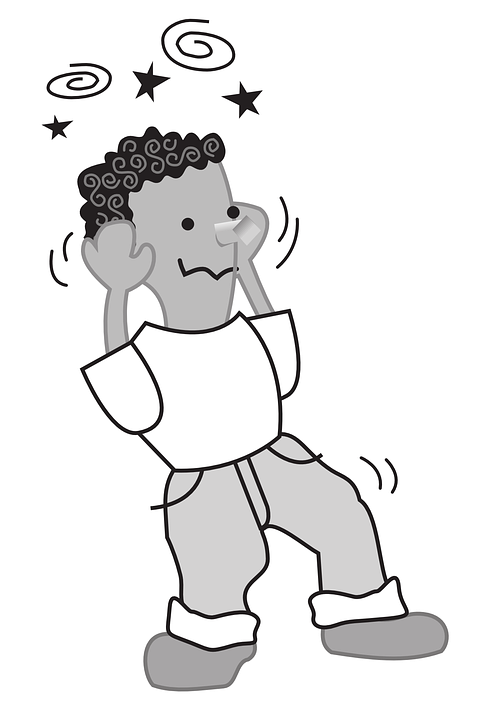Benign Paroxysmal Positional Vertigo (BPPV)
- Karen Hayter DPT

- Mar 15, 2021
- 2 min read
Updated: Nov 15, 2021
Vertigo is a common aliment that affects many adults and accounts for about 50% of dizziness symptoms in older adults. The most common disorder that causes vertigo is called Benign Paroxysmal Positional Vertigo (BPPV) and nine out of every 100 adults are affected by it. Despite how common BPPV is, many are unaware that physical therapy is one of the best and most effective ways to treat and manage vertigo.

What is BPPV?
BPPV is the most common inner ear disorder that can result in short periods of vertigo. Vertigo is a specific type of dizziness which can be described as a false sensation of movement or spinning when at rest. Specifically with BPPV, the vertigo sensation usually occurs with positional changes, like looking up, bending forward, or rolling over in bed. One can experience symptoms of the room spinning even though they are at rest. Other symptoms include lightheadedness, nausea, vomiting, and unsteadiness.

What Causes BPPV?
BPPV occurs when small particles of calcium carbonate in the inner ear break loose and fall into another area within the balance canals in the inner ear. This can cause a disruption to our balance system and ultimately the feeling of vertigo. There is no known cause for BPPV and often occurs insidiously. It can arise from head injury, illness, infection, or age. It occurs more frequently in adults older than 40 years of age and is more prevalent in females. BPPV is not considered a serious condition and can be treated with a simple positioning maneuver.

How Can a Physical Therapist Help with BPPV?
Physical therapists treat BPPV by doing repositioning maneuvers that involve a series of specific movements of the head. The goal is to help the “particles” move back to the correct position within the inner ear. Treatment usually only takes one or two sessions and research shows repositioning maneuvers work on the first effort about 80-90% of the time. Your physical therapist will perform an evaluation and determine which maneuver is right for you. Please call our clinic for more information and to schedule an appointment to be evaluated to determine if treatment is needed.
This information was compiled from the American Physical Therapy Association (APTA) and ChoosePT.
















Comments